Dramatically reduce debris-collision risk and transform satellite operations.
We are redefining the safety standard in space.
【Awards: S-Booster 2024 Grand Prize / ANA Prize / SKY Perfect JSAT Prize】
【NEDO Entrepreneurs Program 2024 (Pioneering) — Selected】
【NEDO Entrepreneurs Program 2025 “Leap 3000” — Selected】
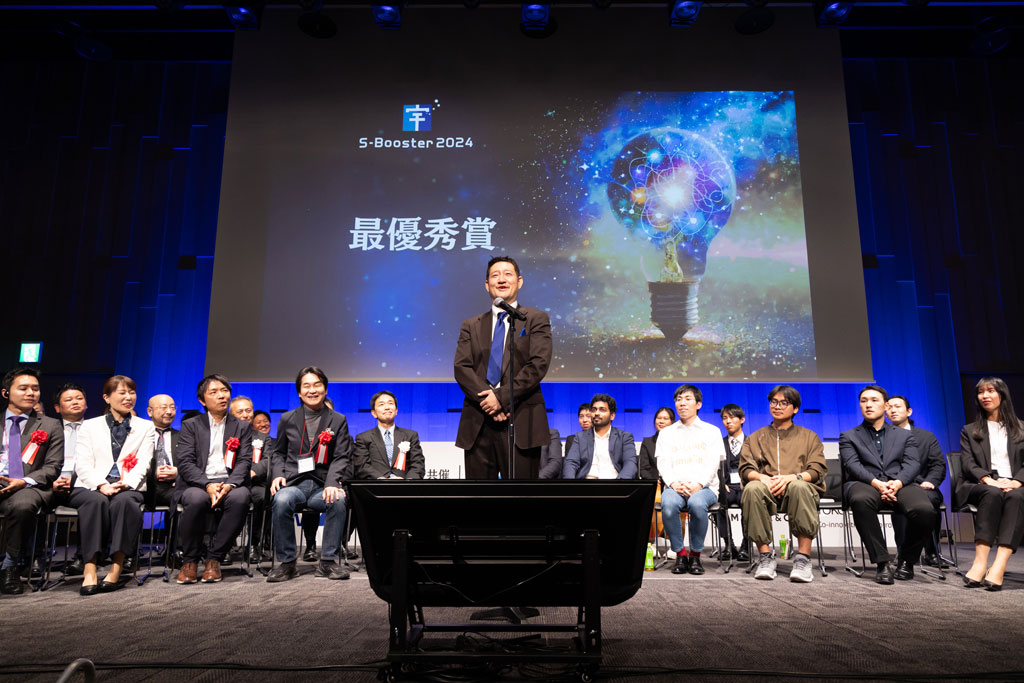
1. THE UNSEEN THREAT
ーThe Invisible Hazards of Spaceー
As space development accelerates, we face new challenges:
The rapid increase in space debris and the resulting operational burden on satellite operators
Highly variable space weather that is hard to predict
1-1. The Escalating Threat of Debris
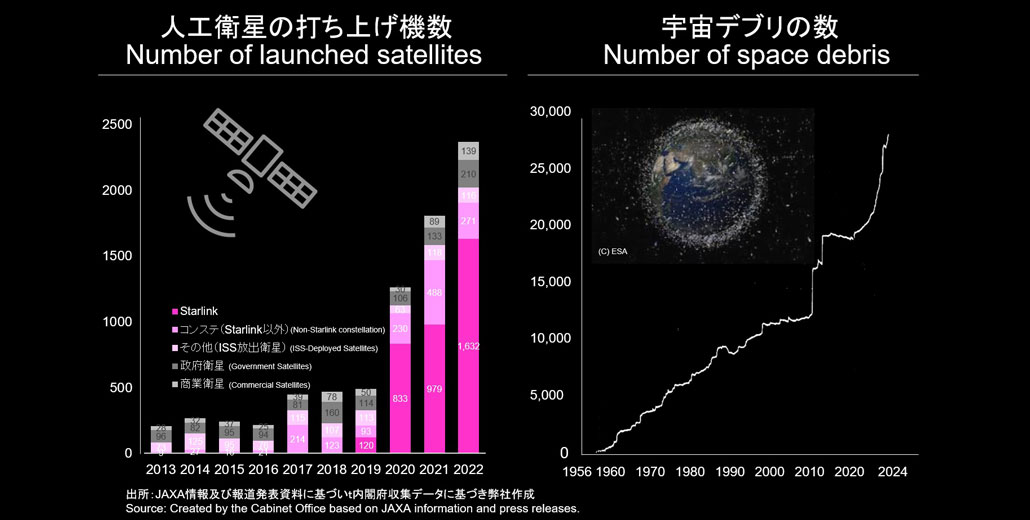 Debris just a few centimeters across travels at speeds up to ten times that of a bullet and can devastate a satellite upon impact. The amount of debris will continue to grow and is projected to surge by about 40× in three years.
Debris just a few centimeters across travels at speeds up to ten times that of a bullet and can devastate a satellite upon impact. The amount of debris will continue to grow and is projected to surge by about 40× in three years.
1-2. Satellite Operations Near Their Limits
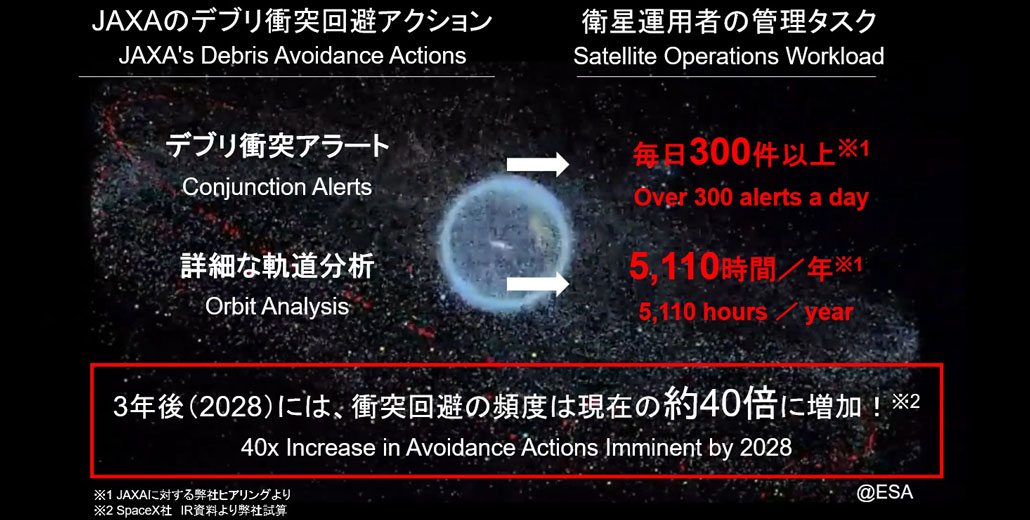 The workload on satellite operators is rapidly increasing. There is even a risk that providing high-quality, high-precision space services—and space utilization itself—will become unsustainable.
The workload on satellite operators is rapidly increasing. There is even a risk that providing high-quality, high-precision space services—and space utilization itself—will become unsustainable.
1-3. Business Risks from Space-Weather Variability
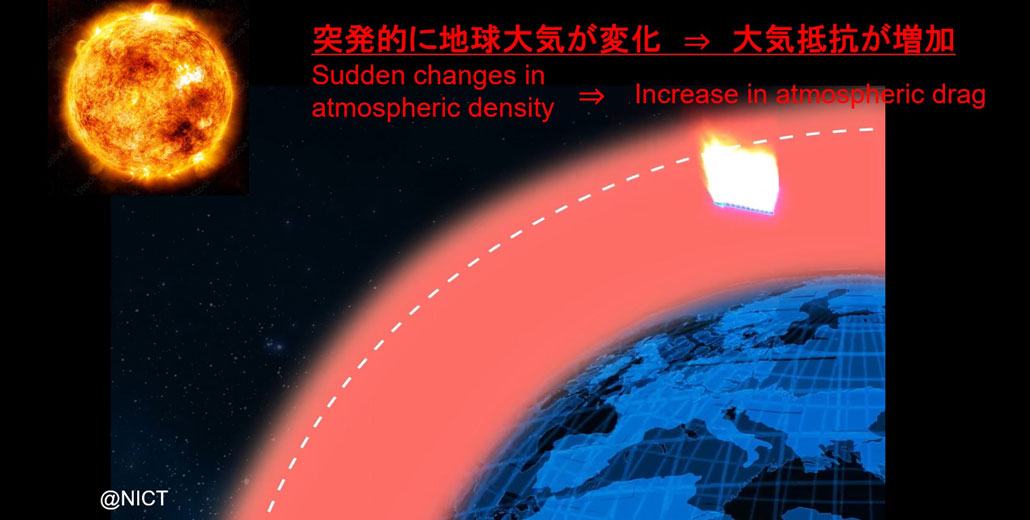 Solar activity can rapidly change the space environment, causing LEO satellites to decay and GNSS positioning errors to rise. Avoiding serious economic losses from space weather is an urgent priority.
Solar activity can rapidly change the space environment, causing LEO satellites to decay and GNSS positioning errors to rise. Avoiding serious economic losses from space weather is an urgent priority.
2. OUR REVOLUTIONARY ANSWER
ーOur Challenge Toward Two World-Firstsー
“Making the impossible possible.”
Our Space Weather AI and next-generation debris radar illuminate the future of space.
Core Technology 1: Space Weather AI that Predicts Environmental Change
By integrating solar physics with state-of-the-art AI, we are developing a Space Weather AI Engine that predicts changes in the space environment with high accuracy.
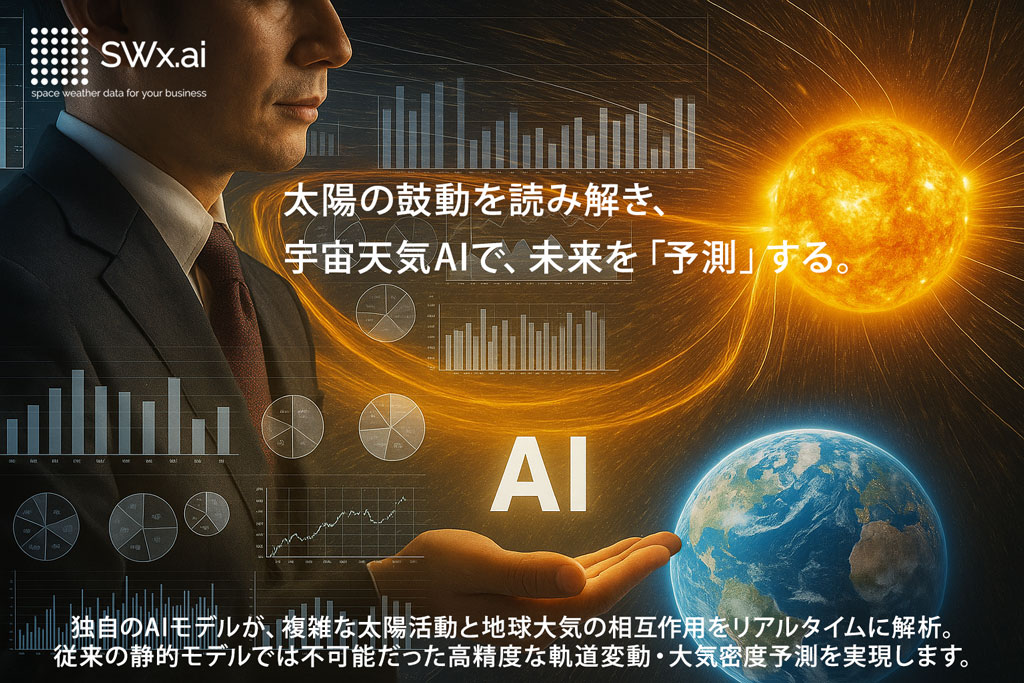
Core Technology 2: World-Leading, Ultra-High-Precision Next-Generation Debris Radar
We visualize threats in space no one has been able to see before. As a private company, we aim to be the first in the world to capture 1-cm-class debris with ultra-high precision. Our next-generation debris radar safeguards the space domain.
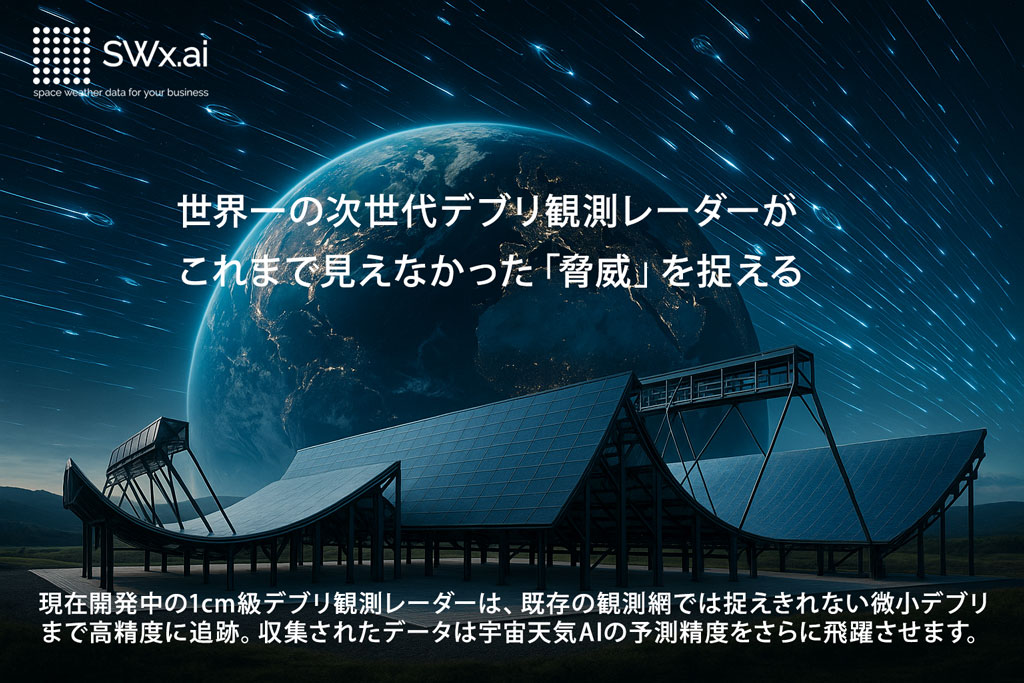
3. THE IMPACT WE DELIVER
ーThe Value We Createー
Our “brain” (AI) and “eyes” (radar) for space will rewrite the norms of space utilization.
We provide infrastructure that secures safety in space and enables new business creation.
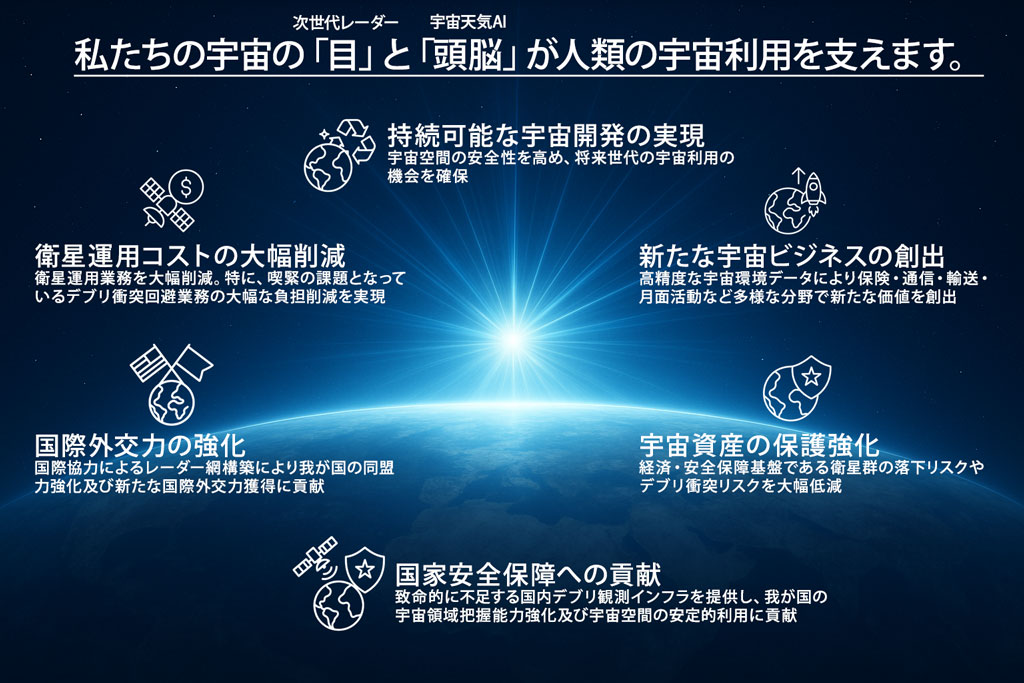
4. WHY US? WHY NOW?
A new dawn for the space age.
We have the capability to shape the future—and the potential to become one of Japan’s leading unicorns.
CEO Hiroyuki Takasaki (Co-Founder)
“Turning Japan’s space technology seeds into globally competitive space businesses—that passion drives us.”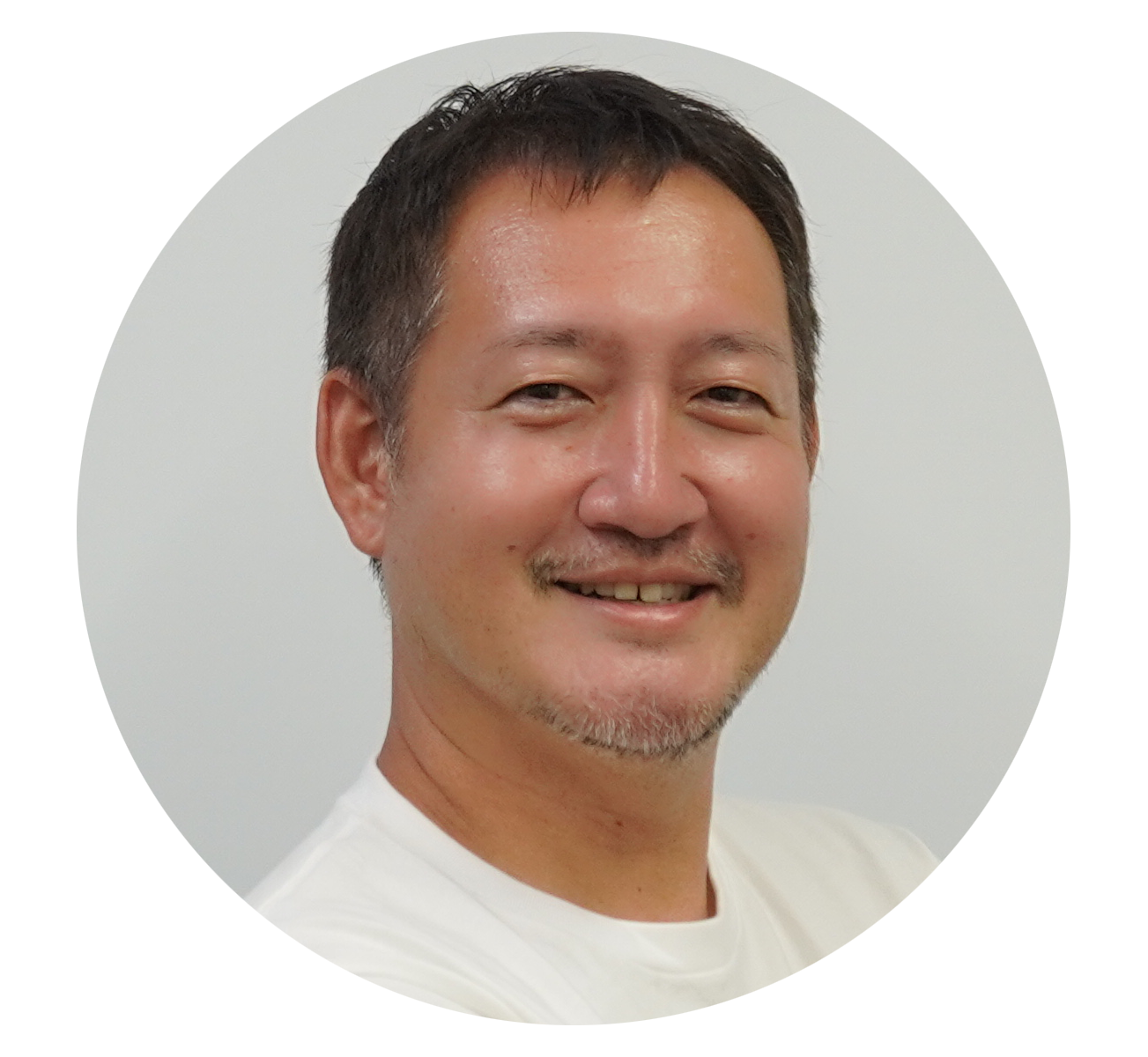
Visiting Associate Professor, RISH, Kyoto University. Formerly at a consulting firm with deep expertise in new-business launches and corporate strategy. Leads this venture by combining a background in space physics with 20 years of business experience. Winner of the Cabinet Office S-Booster 2024 Grand Prize.
COO Taro Morimoto (Co-Founder)
“Linking cutting-edge technology with market needs to create new value for the space industry.”
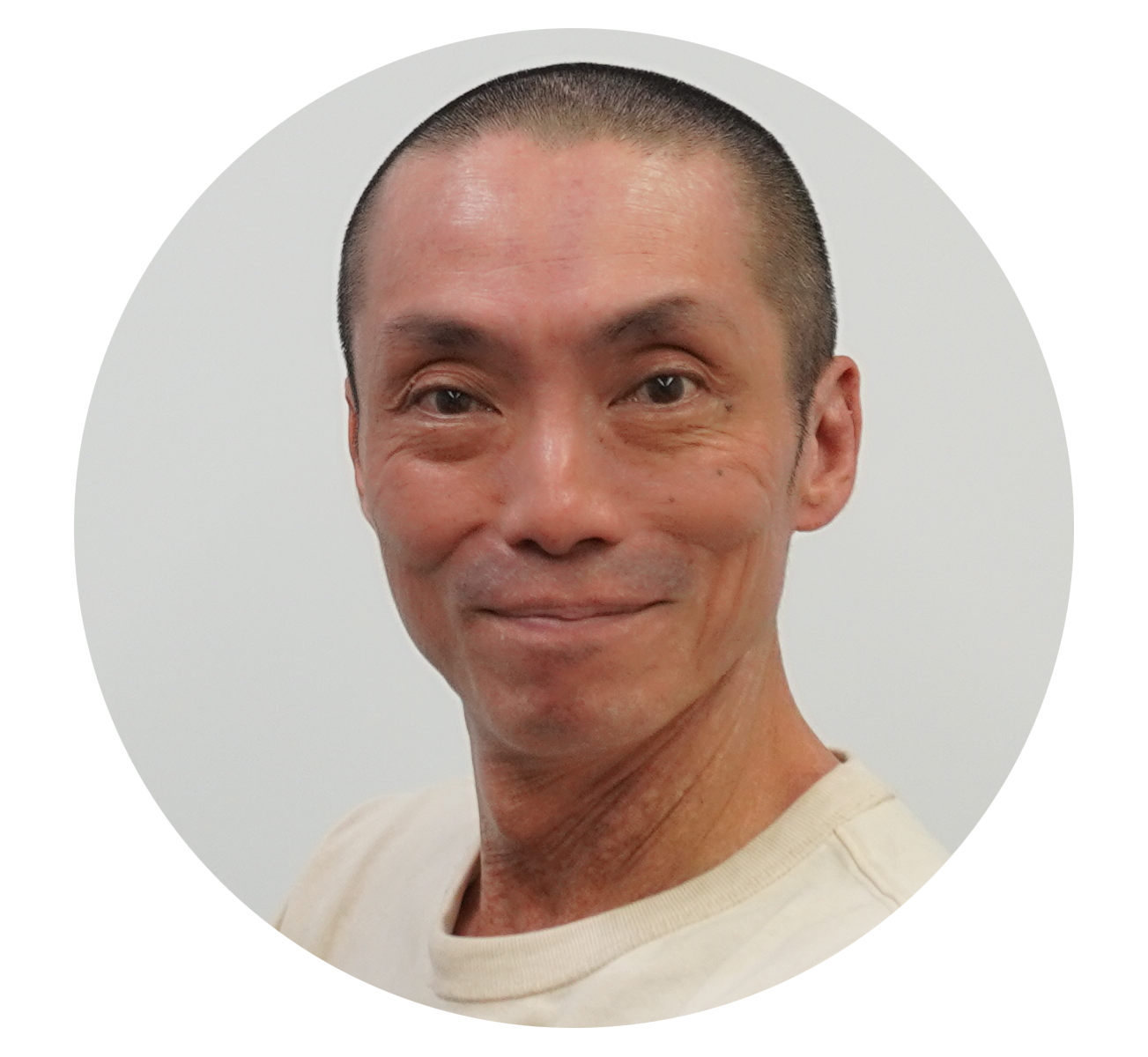
Formerly engaged in semiconductor business development and technology strategy at a major electronics manufacturer. Expert in ML-driven business development and technology evaluation. Leads the development of the world-first cm-class next-generation debris-observation radar. Director, Astronomy Observatory & Industry-Academia Collaboration Office for Space Business, Graduate School of Science, Kyoto University.
CTO Naoto Nishizuka (Co-Founder)
“Using AI to unravel the mysteries of space weather—and contributing to the civilian use of space technology and the future of humanity.”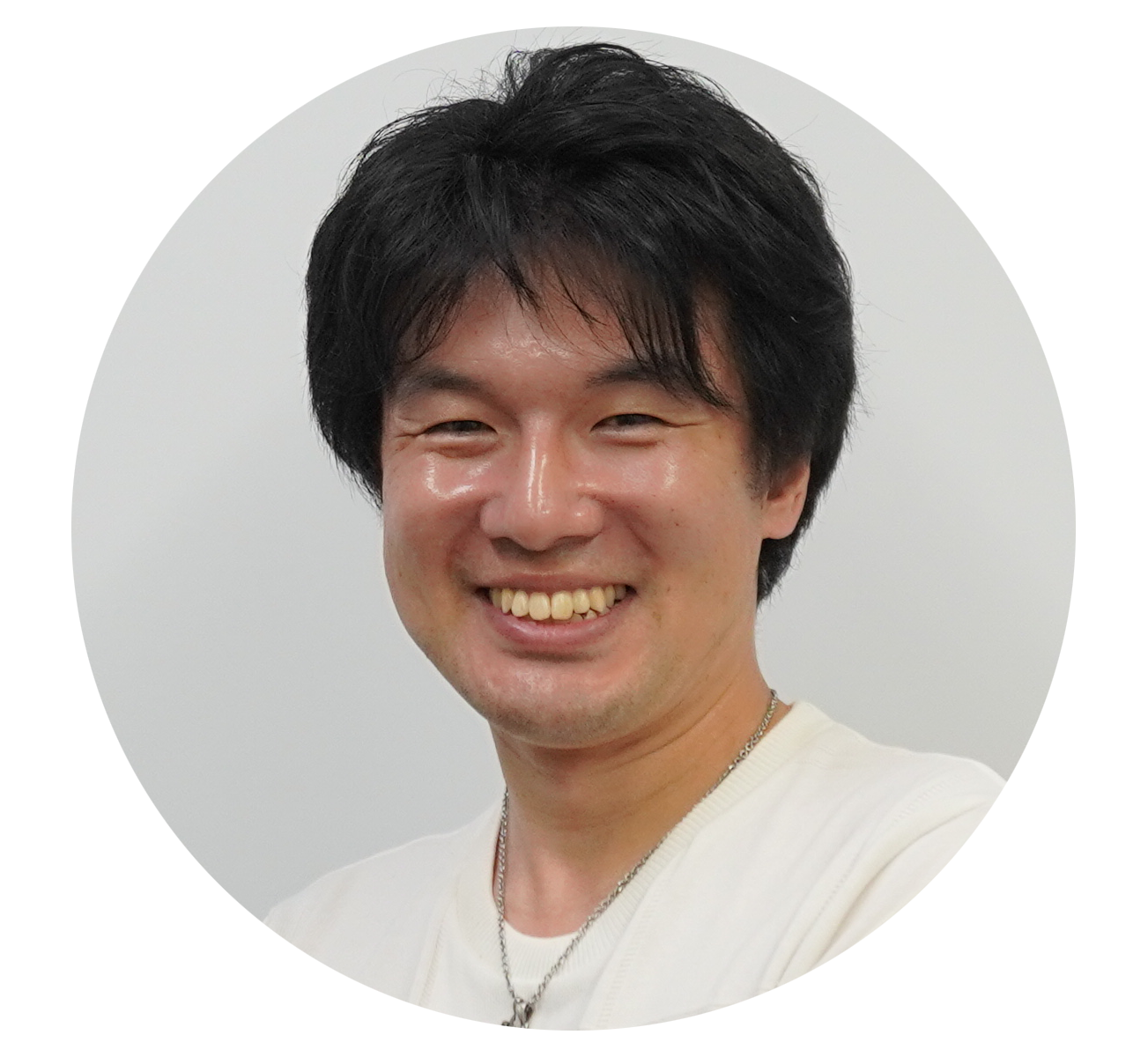
At a national research institute, developed “Deep Flare Net,” an AI model for solar-flare prediction with world-leading accuracy. Recipient of the Space Development and Utilization Award and the Minister for Internal Affairs and Communications Award. A global leader in space-weather forecasting using solar physics and machine learning.
Radar Development — Koji Nishimura
“Leveraging 20+ years in radar development to build the world’s best radar—something no one has made before.”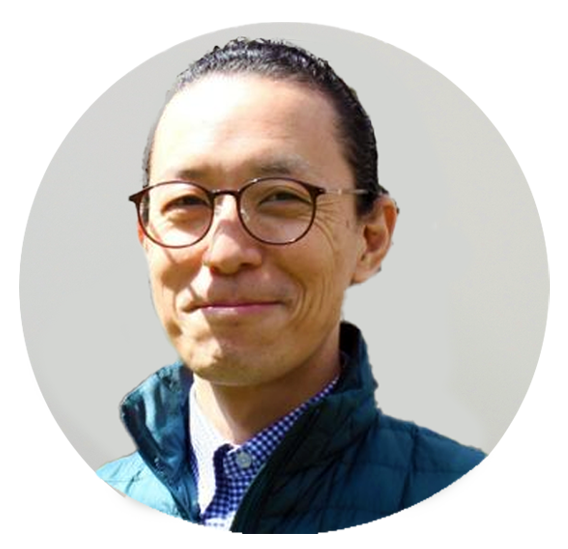
Associate Professor, RISH, Kyoto University; Lead, Aerospace Radar Innovation Unit. Expert in radar measurement system design, geophysical inverse problems, and nonlinear signal processing. Served on Antarctic wintering teams for 12 years installing large atmospheric radars. Recipient of the 2014 MEXT Minister’s Award for Science and Technology and the 2015 Prime Minister’s Award for Ocean Policy.
Systems Platform Development — Keisuke Nishida
“I will build a safe, highly reliable information platform to widely deploy Space Weather AI across society.”
Application Development — Kazuyuki Hayashi
“I will deliver applications that bring highly specialized Space Weather AI to enterprises worldwide.”

